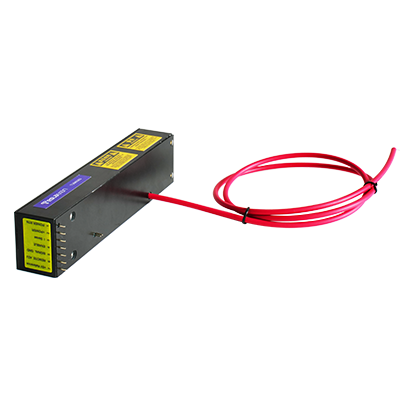The Critical Role and Technical Challenges of High-Voltage Generators in Nuclear Power Plant Safety Systems
As nuclear power generation technology continues to develop and become more widespread, the issue of nuclear power plant safety has increasingly attracted people's attention. Among the many safety systems of a nuclear power plant, the high-voltage generator, as one of the core components, plays a crucial role in ensuring the stable operation of the reactor core and preventing the leakage of radioactive materials. This article will explore the key role of high-voltage generators in nuclear power plant safety systems from a professional perspective, as well as the technical challenges faced.
I. The Role and Importance of High-Voltage Generators
High-voltage generators in nuclear power plants are typically used to generate and control the high-pressure water or steam required by the reactor coolant system. These high-pressure media are not only used to cool the reactor core but also to drive the steam turbine for power generation. Therefore, the stability and reliability of the high-voltage generator are directly related to the safe operation of the reactor and the power output.
In addition, in the safety systems of nuclear power plants, high-voltage generators also bear the important tasks of emergency shutdown and residual heat removal. When abnormalities occur in the nuclear power plant, the high-voltage generator can quickly reduce the reactor power or even achieve shutdown to prevent the accident from expanding. At the same time, it can also timely discharge the residual heat in the reactor through the residual heat removal system to ensure the safe cooling of the reactor.
II. Technical Challenges
1. Stability Requirements in Extreme Environments: Nuclear power plants operate in harsh environments, and extreme conditions such as high temperature, high humidity, and high radiation pose strict requirements on the materials and performance of high-voltage generators. To ensure reliable operation under extreme conditions, the design and manufacturing of high-voltage generators require the use of high-performance materials that are resistant to high temperatures, radiation, and corrosion, and conduct strict experimental verification.
2. High-Precision Control Technology: Nuclear power plants have extremely high requirements for the control accuracy of high-voltage generators. To ensure the safe and stable operation of the reactor, the high-voltage generator needs to achieve precise control of parameters such as pressure and temperature. This requires the control system to possess a high degree of sensitivity and stability and be able to accurately respond and adjust the output of the high-voltage generator under various working conditions.
3. Redundancy and Fault Tolerance Design: To improve the safety of nuclear power plants, high-voltage generators usually adopt redundancy design and fault tolerance technology. This means that in the event of a single device failure, the standby device can quickly take over and continue to perform tasks to prevent system collapse. This design requires high-voltage generators to have a high degree of maintainability and replaceability.
4. Seismic and Impact Resistance Performance: Natural disasters such as earthquakes and tsunamis may cause serious damage to nuclear power plants. Therefore, high-voltage generators must possess good seismic and impact resistance performance to ensure that they can maintain structural integrity and functional availability under extreme external conditions.
5. Electromagnetic Compatibility Issues: The electromagnetic environment inside nuclear power plants is complex, and various electrical equipment may produce mutual interference. When designing high-voltage generators, full consideration must be given to electromagnetic compatibility issues, and effective shielding and filtering measures must be taken to ensure the normal operation of themselves and other equipment.
In summary, high-voltage generators play a crucial role in the safety systems of nuclear power plants. Faced with many technical challenges, we need to continuously innovate and improve the design concepts, enhance the level of manufacturing technology, and ensure the safe and stable operation of nuclear power plants.




















